
Klang may not have set the world on fire when it launched in 2016, but it holds a special place in the hearts of rhythm game fans. Its upcoming sequel is looking quite promising, too. Taking the satisfying rhythm action loop of its predecessor, Klang 2 is looking to build on it with notable improvements to combat, while the promise of more excellent music is, of course, exciting as well. We recently reached out to Klang developer Tom-Ivar Arntzen to learn more about the game and how it’s going to improve on its predecessor. You can read our conversation below.
"Klang 2 downplays the platforming in favor of intense rhythm-action."
Klang 2’s semi-procedural combat system sounds quite interesting on paper. Can you talk about how it functions, and how it alters the music?
The three main ingredients for most rhythm games are the music track, the beat map, and the player interaction. Whether you are tapping circles, pressing arrow keys, or hitting plastic guitar strings, the player still times their input to overlapping icons typically placed at the bottom of the screen.
At a glance, there are many similarities between Klang 2 and games like “OSU!”. Targets appear on the screen in a pre-determined pattern, and you click them in rapid succession to rack up high scores.
Klang 2 shakes this up by introducing its namesake, the tuneblade wielding rhythm-warrior who dynamically influences the target patterns with acrobatic movement and flashy attacks. Each enemy you’re facing has its unique ruleset for how to distribute and move targets across the screen.
While the music and beat map remains the same on each level. The flow of combat will be influenced by Klang’s movements, the procedural pattern generation, and the player’s ability to keep up. The balance of static and dynamic gameplay makes for an experience where practice makes perfect, without feeling overly predictable. The result is a very replayable gameplay loop that stays fresh as long as you like hard-hitting electronic dance music.
What are the biggest improvements you have made in Klang 2 over the first game?
Klang 1 is a hybrid game blending platforming and rhythm games together. The game’s core can be described as Ninja Gaiden meeting Stepmania/DDR, though the balance of game influences varies a lot. Some levels favor platforming with a purely cosmetic rhythm component, in others the player doesn’t move at all, only focusing on parrying incoming attacks to the beat.
In hindsight, it made for an uneven experience. Many players felt that their preferred balance of rhythm-platforming was featured too rarely and that it was hard to achieve a sense of mastery with the rules changing around so often. There was also jank stemming from Klang 1 being my first genuine attempt at game development. The performance especially left a lot to be desired.
Klang 2 on the other hand downplays the platforming in favor of intense rhythm-action. Designed from the ground up with the wisdom earned from making Klang 1, I chose to focus on a tight gameplay loop. A philosophy I designed around was that all polish I put in should benefit the whole experience instead of just one specific level. As a result, the controls feel a lot tighter, and there’s much less getting in the way of player immersion.
Can you talk to us about the process of how Klang’s music is created, especially given how crucial it is to the experience, and how it impacts development of other aspects of the game?
Klang 1’s level design was formed in my mind by listening to bLiNd’s music. I started with a vague idea for a game scenario, where the composer would do his thing with minimum direction. By the time I got around to designing the level, I had already been jamming to the associated music for months. The result was level design informed by the music and not the other way around. I still use this approach to this day, even if my design goals with Klang 2 have changed.
Klang 1 was designed with a cinematic mindset, where it made sense to have everything originally composed by one artist exclusively for the game. Klang 2 on the other hand is much more arcadey and scalable with the platforming aspect now scrapped.
Klang 2 features music from artists all around the world (bLiNd from the US, Nhato & Taishi from Japan & cYsmix from Norway to name a few). As music in their style inspired Klang to begin with, it only made sense to include their work in the game.
Klang 2 doesn’t have traditional “level design”. There is only the beat map and the semi-procedural pattern generation. This eases music implementation to the point where I didn’t have to inconvenience the composers with anything more than providing a high-quality .wav file.
As a result, there’s even a chance the community can implement and play their own music in future updates. While community features won’t be available on launch, I hope to include the functionality as a post-launch feature (at least on the PC version).
"Klang 2 doesn’t have traditional “level design”. There is only the beat map and the semi-procedural pattern generation."
How much variety can players expect from the game across its various levels?
There will be 6 enemy types spread across 60 challenges (30 tracks, 2 difficulty modes, spread across 9 battle arenas). The variety comes in form of the music. Players may also be surprised by how much effort has gone into the story, and how it ties into the arcade gameplay. Don’t be surprised if you end up seeing Klang 1 in a different light after reaching the ending.
What can you tell us about the game’s boss fights, and what your primary goals have been while designing them?
Klang 2 is somewhat of a boss-rush game. Every enemy you fight includes its unique system for procedurally generating the gameplay patterns. Your first encounter with a new enemy and its pattern generation system is what constitutes a “boss fight”.
These encounters will include music a step above the arcade tracks you’ve been playing up until that point, and winning the encounter will progress the story.
Roughly how long will an average playthrough of Klang 2 be?
This will vary a lot from player to player due to the game’s demanding nature. This is roughly what the player can expect:
Unlocking the end game: 2-5 hours
Unlocking and beating the final boss: 6-12 hours
Full completion: 12-30 hours
I will also mention that several discord members have reported playing the demo alone for well over 6-8 hours. A lot of Klang 2’s appeal comes from the replayability offered by the semi-procedural systems. This demo is still available on Steam. You’re welcome to check it out.
The PS5 features an incredibly fast SSD with 5.5GB/s raw bandwidth. This is faster than anything that is available out there. How can developers take advantage of this, and how does this compare to Series X’s 2.4GB/s raw bandwidth?
No real opinion apart from what’s already been demonstrated with the new Ratchet & Clank and the Demon’s Souls remake. It will certainly help normalize seamless transitions in games. I also hope that pointlessly long “walking sections” designed to hide load times will be a thing of the past.
The Xbox Series S features lesser hardware compared to Xbox Series and Microsoft is pushing it as a 1440p/60fps console. Do you think it will be able to hold up for the graphically intensive next-gen games?
Only time will tell. I honestly don’t have that strong of an opinion on the subject. This whole versioning business model that started with PS4 Pro and New 3DS bounced me right off the console market. I’m not even considering buying a base PS5/Series X for personal use out of fear they’ll be replaced in a few years by a stronger model. As a developer, I’m also grumpy over the fact that the list of hardware I need to quality assure my games up towards keeps increasing.
I was very relieved when the Switch OLED turned out to just be a cosmetic upgrade. I don’t want to buy new hardware just to enjoy BOTW 2 at its intended graphical settings.
"Klang 2 is somewhat of a boss-rush game. Every enemy you fight includes its unique system for procedurally generating the gameplay patterns."
Super Resolution is coming to PS5 and Xbox Series X/S. How do you think this will help game developers?
This tech is certainly interesting. Any optimization techniques that free up resources to focus on art fidelity over hitting resolution targets are welcome in my book. That said, I don’t expect to personally make use of tech like this until well into my next project.
What frame rate and resolution does the target on PS5 and Xbox Series X and S?
We are targeting 4k 120 fps on the top dog machines like PS5 and Series X.








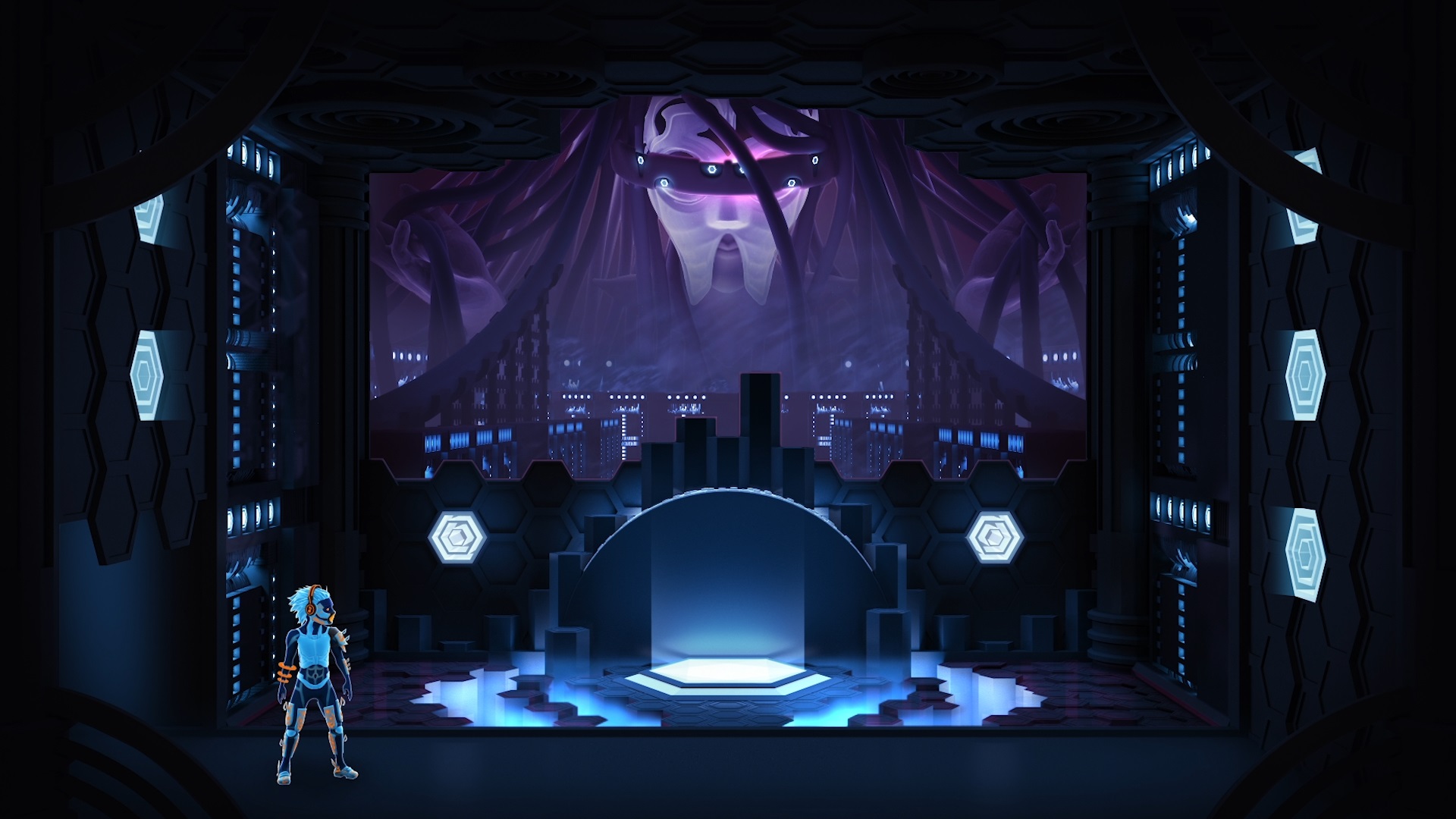

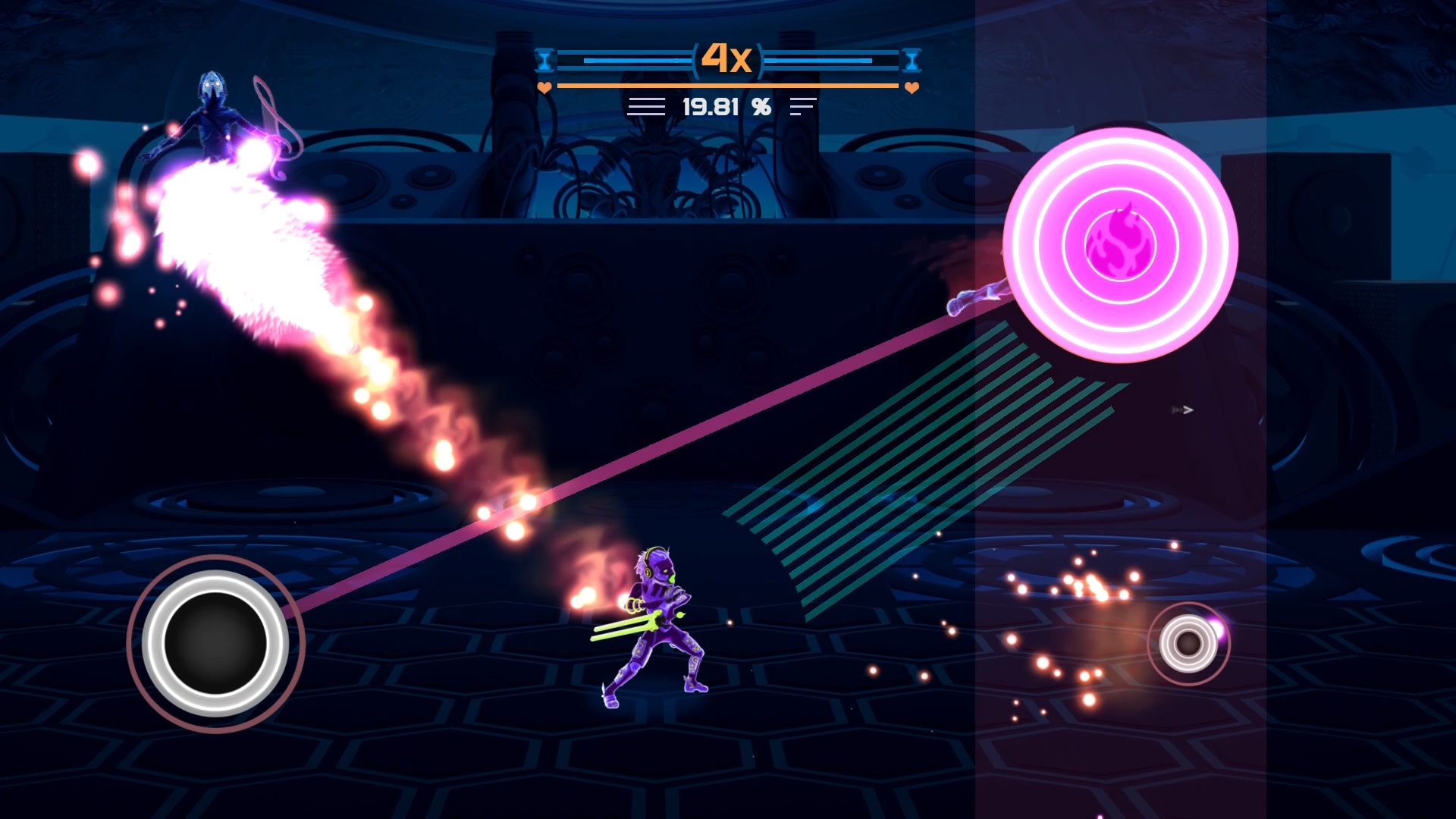


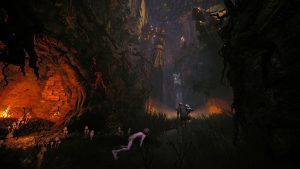
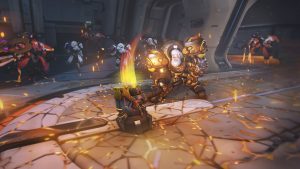
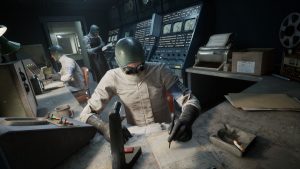

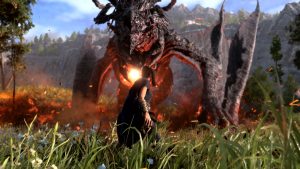

Share Your Thoughts Below (Always follow our comments policy!)